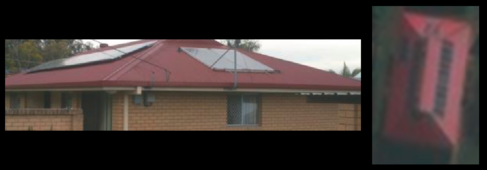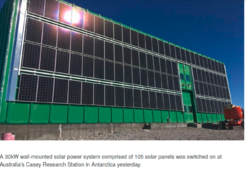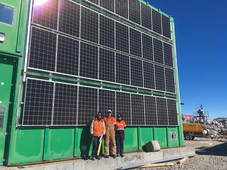Looking for land, especially woodland, finding south facing plots is rather rare.
Would you say it is an absolute essential for power or are there other options which could prove equally as good as solar - at an accesible price of course? I will still have very modest electrical needs for now. Just like how I have living in the van, to just be able to power electrics for rudimentary things like heater and lights and small electrical devices.
Wind I guess is an option but not sure about planning permission rules. Probably sneak on a small one or two as long as it was pretty far away from neighbours as they would be much more likely to complain of that than solar panels.
I read a bit about some of kris harbour's projects recently and saw he got hydroelectric power going. He does things on a big scale though and was pretty rich starting out so not sure how accessible it is to someone lower on the totem pole like me?
Plots with a stream though are about as rare as ones which are south facing so similar predicament.
Is solar still the best best for cost/efficiency?
Most plots I have seen so far are on a steep slope and north or e/w facing meaning almost if not 0 direct sun for north and only a few hours for e/w. Many home owners have the same issue though don't they as their home is just where it is faced and they make do with whichever way it is facing, so can the same be said in this case?
I have noticed even in the shade behind my mum's house most of the day I can get up to 2-3 amps at some periods so far depending on the weather. It seems light cloud cover is even better for this than clearskys as the rays must bounce better?
Would you say it is an absolute essential for power or are there other options which could prove equally as good as solar - at an accesible price of course? I will still have very modest electrical needs for now. Just like how I have living in the van, to just be able to power electrics for rudimentary things like heater and lights and small electrical devices.
Wind I guess is an option but not sure about planning permission rules. Probably sneak on a small one or two as long as it was pretty far away from neighbours as they would be much more likely to complain of that than solar panels.
I read a bit about some of kris harbour's projects recently and saw he got hydroelectric power going. He does things on a big scale though and was pretty rich starting out so not sure how accessible it is to someone lower on the totem pole like me?
Plots with a stream though are about as rare as ones which are south facing so similar predicament.
Is solar still the best best for cost/efficiency?
Most plots I have seen so far are on a steep slope and north or e/w facing meaning almost if not 0 direct sun for north and only a few hours for e/w. Many home owners have the same issue though don't they as their home is just where it is faced and they make do with whichever way it is facing, so can the same be said in this case?
I have noticed even in the shade behind my mum's house most of the day I can get up to 2-3 amps at some periods so far depending on the weather. It seems light cloud cover is even better for this than clearskys as the rays must bounce better?







